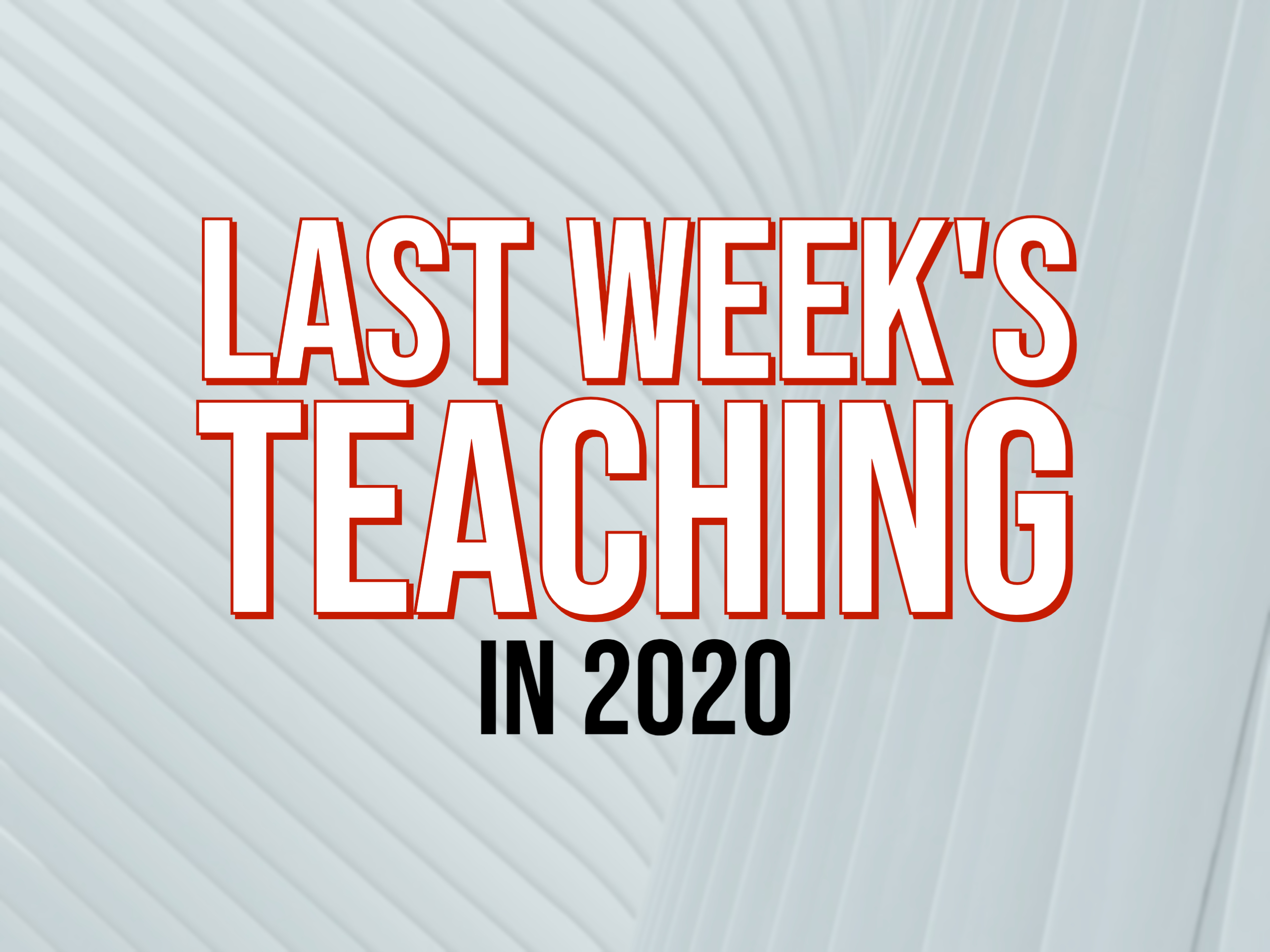 UA faculty describe their experiences teaching during the 2020-2021 academic year. Share your ideas and experiences here, and your entry could be featured in the next episode.
UA faculty describe their experiences teaching during the 2020-2021 academic year. Share your ideas and experiences here, and your entry could be featured in the next episode.
Hybrid Class on Woods Quad (and on Zoom!)
COVID and hybrid courses create new challenges for a quintessential college experience: class in the Quad. I held an in-person, outdoor, session with whomever in my (small) class was interested and able to join. Three of us gathered in Wood’s Quad, while two students joined via Zoom alone.
With everyone logged into Zoom and using headsets and aggressive muting, we were able to take advantage of a beautiful fall day both together and remotely.
From Flipped to Flop
Teaching in a Hybrid mode seemed like a great opportunity to try the “flipped classroom”. At the start of the semester, I met with each half of my seminar group for each half of our class period. The idea was that students would engage additional material outside of class in readings and videos and that their engagement would enrich discussion during those half-periods. The reality, however, was that we lost too much time to start-of-term housekeeping: the hoped-for discussions never materialized. Flipped, at least for me, was turning out to be a flop.
To adjust, I revised the syllabus so that half-period classes introduce concepts and two-hour sessions are used for discussions. Now, I alternate which half of the class attends discussions face-to-face or remotely. It may be a bit more like an awkward somersault than a flip, but it seems to be working!
Challenges in an Interactive A/V Class
My public policy class was determined to be suitable for the Interactive Audio/Video instructional method this fall. Initially, I thought that this meant that I could not bring in guest speakers, but in reality, it opened me up to speakers who do not live nearby. Because of the ability to bring in speakers via Zoom, I have actually had some really exciting speakers this semester including a member of the US Congress and a diplomat.
Never meeting with students was initially challenging for me because — in a normal face-to-face setting — I usually take full advantage of working the room and interacting with students. In an effort to get them actively engaged, I implemented a life chance system based on the work of German sociologist Max Weber. At the beginning of each class, student names are drawn, and each student drawn must present the five most important points from the assigned readings. Presentations are graded with a disclosed rubric, and the points earned for presenting are averaged. If you are absent or not prepared, you get a zero. It has worked well to motivate students to be prepared for class, and it has sparked some great discussions about inequality and fairness.
VoiceThread for Class Introductions
I teach a 100+ person class that consists of all first-year students. In order to get them to “meet” one another, one of the first assignments was to make a 30-second video through VoiceThread. The student gave their name, hometown, academic interest, and a fact about themselves. The students were divided into groups of 15 and required to comment on the other videos in their group. The students were welcoming, enthusiastic, and found people with similar interests. It was wonderful to see them connect and chat even when they couldn’t be in the same room.
Flexible Format for Presentations
After completing a brief Qualtrics survey about midterm presentation format, most students chose to present synchronously in-person during their hybrid class time, but I needed to find a way to accommodate the other preferences. Students who could not present in-person attended via Zoom with their hybrid group and shared their screen, audio, (and optional video) to present their projects to those attending in-person.
One student chose to prerecord a presentation, play it for all of us during class, and respond to questions about the project in real time. Another student was unable to participate due to extenuating circumstances, but other students agreed to be recorded so there is a Zoom recording of presentations with screen shares so this student can view them and provide comments asynchronously.
Questions about this series? Contact Nathan Loewen at nrloewen@ua.edu.